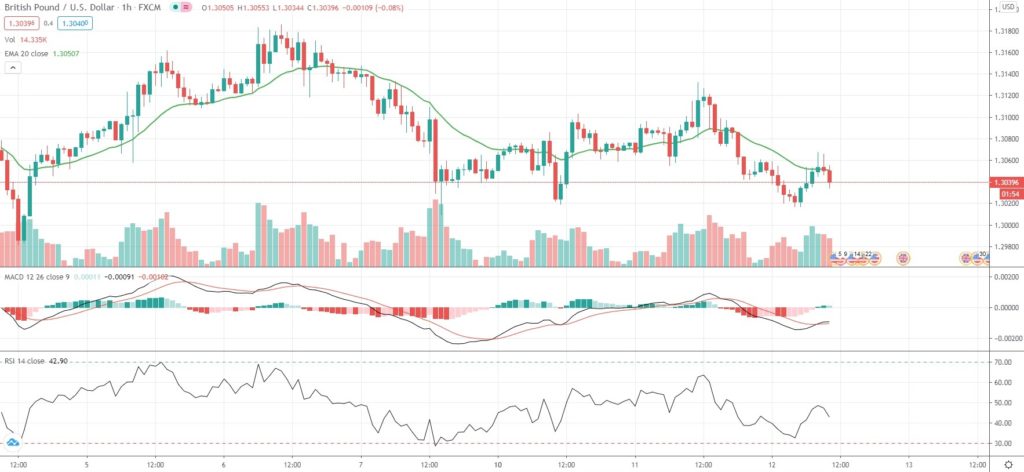GBP/USD steadied in late European trade on Wednesday, after earlier slipping to lows unseen in nearly a week, as a softer US Dollar overshadowed the impact of a record contraction in UK Gross Domestic Product reported earlier today.
According to the preliminary data by the Office for National Statistics, UK’s economy shrank at a quarterly rate of 20.4% during the second quarter, or at the sharpest rate since comparable series began in 1955. Private consumption, which accounted for at least 70% of the GDP drop, decreased 23.1% in Q2, while gross fixed capital formation shrank 25.5%.
In annual terms, UK economy contracted at a record pace as well in Q2, by 21.7%, as the pandemic caused a widespread disruption to overall activity.
The data reflected the sharpest economic contraction reported by any developed country so far.
“The direction of the print was never in doubt. The drop-off… may be accounted for, in part, by the timing of the lockdown as compared with other economies,” Kieran Cleere, Director of Market Risk Solutions at Silicon Valley Bank, said.
Meanwhile, political impasse over the next US fiscal stimulus package seemed to have brought recent US Dollar rebound to a halt. Against a basket of six major peers, the US currency was losing 0.15% at 93.50 as of 10:57 GMT on Wednesday, hovering above last week’s over two-year low of 92.52.
“If there is no movement in the negotiations soon, the Fed’s concerns are quite likely to have an impact on the dollar sooner or later,” FX analysts at Commerzbank wrote in an investor note.
As of 10:57 GMT on Wednesday GBP/USD was inching down 0.05% to trade at 1.3040, after earlier touching an intraday low of 1.3017, or a level not seen since August 7th (1.3009). The major pair advanced 5.52% in July, while marking a second straight month of gains and its best monthly performance since May 2009. The pair has remained mostly flat so far this week.
On today’s economic calendar, at 12:30 GMT the Bureau of Labor Statistics is to report on US consumer prices. The annualized consumer inflation in the country probably accelerated to 0.8% in July, according to market expectations, from 0.6% in June. The latter has been the highest annual inflation since March, as food prices rose 4.5% year-on-year, or at the sharpest rate since December 2011.
The annualized core consumer inflation, which is stripped of prices of food and energy, is expected to remain stable at 1.2% in July, or at the lowest level since March 2011.
Bond Yield Spread
The spread between 2-year US and 2-year UK bond yields, which reflects the flow of funds in a short term, equaled 13.4 basis points (0.134%) as of 10:15 GMT on Wednesday, down from 15.5 basis points on August 11th.
Daily Pivot Levels (traditional method of calculation)
Central Pivot – 1.3074
R1 – 1.3105
R2 – 1.3164
R3 – 1.3196
R4 – 1.3228
S1 – 1.3015
S2 – 1.2983
S3 – 1.2925
S4 – 1.2866






